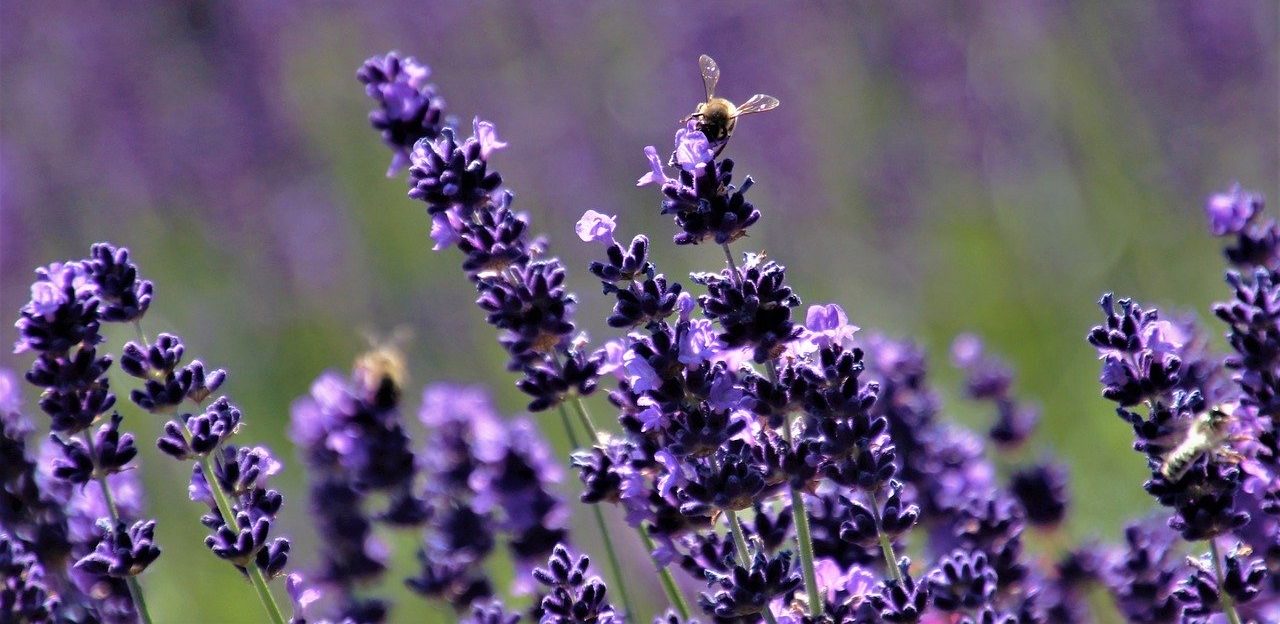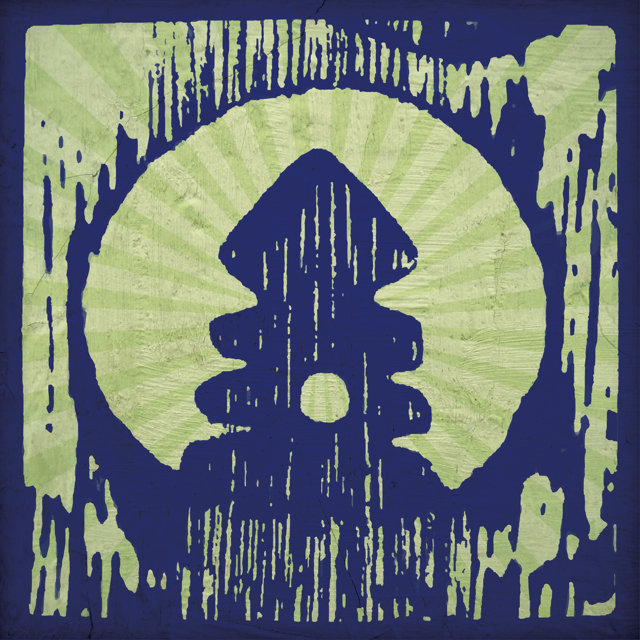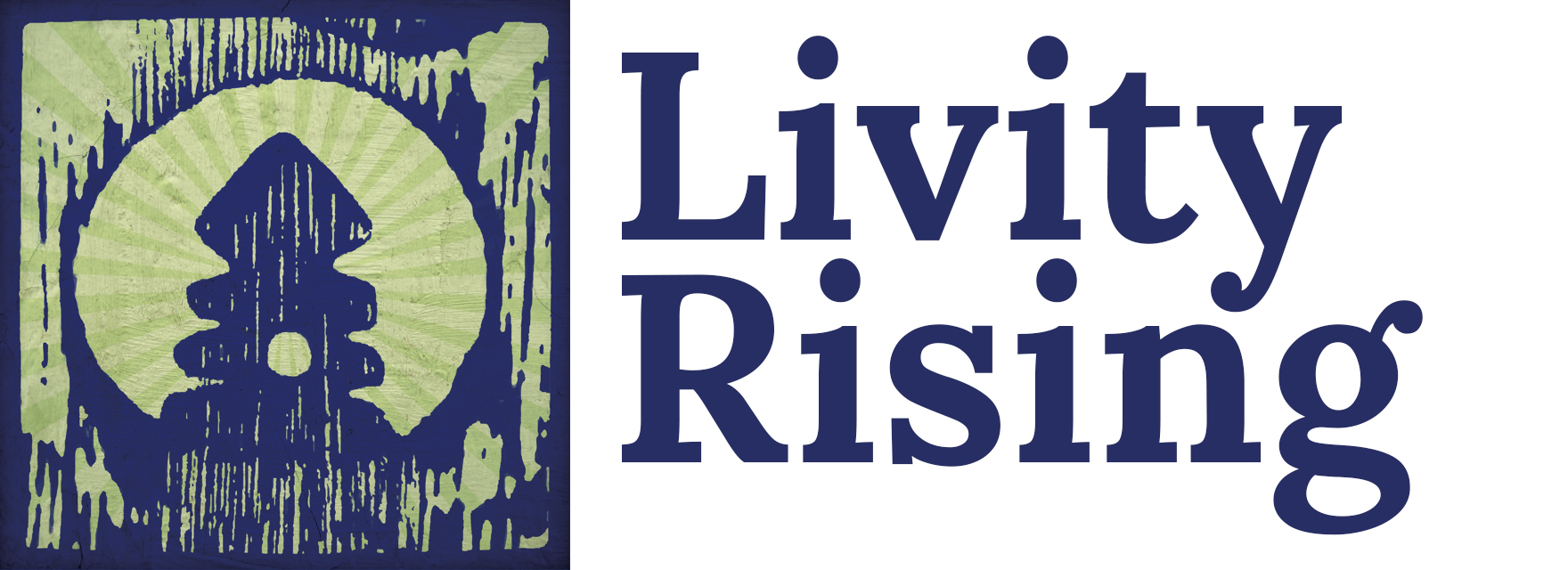Self-Care Tips & Tools

Self-Care Tips & Tools
Nadi Shodhana (alternate nostril breathing):
A breathing exercise to calm your nervous system & improve cardiovascular health: alternate nostril breathing.
One of the classic yogic breath practices, alternate nostril breathing, is known in Sanskrit as nadi shodhana prānāyāma, which translates to “subtle energy-channel-clearing breathing expansion.”
Whether it’s a part of your yoga practice, or simply a quiet moment to yourself, alternate nostril breathing will help take your whirling mind down a few notches to reveal the stillness within.
Here’s how:
1. Sit in a comfortable position
2. Lift your right hand up to your face, with your thumb by your right nostril, your pointer & middle finger at your third eye, and your ring finger by your left nostril.
3. Exhale completely, use your right thumb to close your right nostril, and inhale through your left nostril for a count of 8.
4. Close the left nostril with your right ring finger and exhale out the right nostril for a count of 8.
5. Keeping the left nostril closed, inhale through the right nostril for a count of 8.
6. Close the right nostril with your left thumb and exhale out the left nostril for a count of 8.
7. Open the left nostril and exhale through the left side
8. This equals one round. Do as many rounds as you have time for, but at least 5 are recommended.
A few pointers: keep your breath slow, smooth and continuous. You should be able to breathe easily throughout the practice.
Tone Your Vagus Nerve:
The idea that your nervous system has only 2 phases (“fight or flight” or “rest & digest”) is outdated. There is a 3rd mode called “social engagement,” governed by your vagus nerve. Social engagement is associated with social interaction, communication, & self-soothing behaviors. When we are socially engaged, we naturally act in a beneficial way for our own survival & well-being, as well as others’.
With chronic stress, we’re unable to spontaneously come back to a state of social engagement—we get stuck in sympathetic-chain (fight or flight) or dorsal vagal (withdrawn, shut down) states, & often act in ways counter to our best interest. By toning your vagus nerve, you activate your inherent ability to respond (rather than react) & calm down overall.

To tone your vagus nerve:
1. Lie in a comfortable position & clasp your hands behind your head.
2. Keeping your head facing up, turn your eyes all the way to the right.
3. Stay there until you swallow, yawn, or sigh (usually 30-60 seconds).
4. Look up, and then repeat by looking to the left until you swallow, yawn, or sigh.
5. Do this any time you feel stressed. Recommended 3-5x/day if you can!

F I R E 🔥 S E A S O N Herbal Support
It’s fire season here on the west coast. Fire season seems like it gets longer and longer as each year passes. What are some simple ways we can protect our mucous membranes in our nose, throat and lungs? We want to aim to use demulcent herbs when the fires are burning and folks are inhaling smoke. Smoke is dry and there are particles in the air.
Demulcent herbs are moistening in nature. Protective in nature. They are soothing and anti inflammatory. They can help provide a protective coating for the mucous to combat dryness and particles entering into the system.
Look for herbs like: marshmallow leaf or root, calendula, plantain, aloe, licorice (be careful of contraindications with this one)
**Please be cautious when grabbing for slippery elm, this tree is on the endangered list on @unitedplantsavers website.
Demulcent herbs are better in overnight cold infusions. The cold water helps extract the demulcent properties. Cold infusions are simple to make! Add 1tbs herb to 1 cup water in a jar. Add cold/room temp water, cap, shake, and stick in the fridge over night. Strain the next morning and your golden. Stay safe out there everyone!

Achieve Instant Calm
Here are a few easy ways to calm jangly nerves, achieve greater overall calm, and cope on-the-spot with stressful situations. For instant calm, try these following simple calming exercises, herbal allies, and movements, and learn how and why they work so well.
* Unfreeze yourself: Curl up in a fetal position (on your side with knees drawn up), breathe deeply, and hum. You may want to rock back and forth. Concentrate on what feelings want to emerge. Do not be surprised if grief is what you are really feeling.
* Focus your eyes: Look at anything, steadily, with concentration, and breathe deeply. Feel a warmth in your upper abdomen; breathe; focus.
* Conjure an image of safety: Imagine a huge image of safety, such as a cowrie shell, the palm of Buddha or Christ, a giant mother’s lap, or a cloud of pink light. Surround the object of your anxiety with this image. Fear locks up movement and speech; a clear visualization can unfreeze you.
*Take an herbal calmative: Tincture of red clover is a profound relaxer and soothing calmative. Its salicylic acid content (similar to aspirin) makes it an excellent pain reliever, too. Motherwort is also effective. Motherwort is not sedating, but calming, leaving you ready for action, not flying off the handle or bouncing off the walls. Try 10 to 20 drops as soon as you feel your nerves starting to fray or just before a stressful event. Repeat every five minutes if needed.
* Try yoga postures. Yoga postures, yoga breathing, and quiet, focused meditation soothe the sympathetic nervous system instantly. Regular practice alleviates anxiety, often permanently.
Excerpt from New Menopausal Years the Wise Woman Way. Susun Weed

Oil Your Feet:
The Ayurvedic practice of padabhyanga, or foot massage, soothes our airy, windy qualities (anxiety being one of these!) by simultaneously stimulating and soothing the nerve endings in your feet. This practice is great for supporting sleep and a calmer nervous system.

You just need a massage oil (coconut, sesame, sunflower, almond, or jojoba oil all work great!) and socks that you don’t mind getting oily.
1. If your feet are dirty, clean ’em! If you’re feeling fancy, give yourself a foot bath. If you’re just wanting to git ‘er done, use a warm washcloth.
2. Warm a half-dollar sized amount of oil by rubbing your palms together with vigor.
3. Take a moment to determine which nostril is more open, your left or your right, and start with that foot.

The next part is about massaging your feet in a steady, rhythmic way and exploring what feels good to you. Notice where you encounter tension or pain, and linger there.
Here are some suggestions:
· Massage your ankles in a circular motion with your thumb.
· Massage either side of your heel with your finger and thumb.
· Pinch, pull, and massage each toe.
· Using your knuckles, massage the sole of your foot and your heel.
· Interlace your fingers between the toes, squeeze, and hold for 10-15 seconds. Then use your hand to rotate your ankles 360°.
When finished, put on your socks and settle in for a nourishing night of sleep.


Simple Stress Hacks
Minimize the effects of stress in your life by countering the body’s “fight or flight” response, which speeds up your heartbeat or respiratory rate, and causes muscles to tense up. Try these simple stress hacks with you in the hope that they will help you relax and, in turn, mindfully manage your stress.
Check in with your senses
Scan your environment and name three things that you can see, hear and touch. Describe the shape and size of the objects, how they sound and/or what their textures feel like. Since stress is often generated by thoughts of the future, focusing on the physical world around you can snap you back to the present moment and out of worry.
Correct your posture
It takes just a fraction of a second to notice your shoulders slumping and to stand up straighter. This little move can boost confidence, turn negative thoughts into positive ones and decrease levels of the stress hormone cortisol.
Make a fist with your right hand, release and repeat
Clenching your right hand engages the left side of the brain, the side that houses logic and verbal ability. Since feelings of anxiety are generated by the right side of your brain, it’s only natural that calling on its counterpart will help you rationalize through stressful thoughts.
Practice the “1-minute breathing exercise”
Deep breathing is an age-old practice that induces relaxation by enhancing the flow of oxygen throughout the body. The trick is to breathe deep into the diaphragm while counting to 20, hold for 20 seconds, then exhale for another 20 seconds in a slow and controlled manner.
View nature
Forcing your anxious mind to view beautiful landscapes — even if they are only pictures or even mental images — can shift the body’s stress reaction into recovery. In a recent study, students were given a stressful stimulus. One group was then shown images of trails and trees, while another group saw images of urban scenes. The nature image group experienced quicker cardiovascular recovery with a faster return to normal heart rate and blood pressure.
Take a cool shower
A cold shower or ice bath not only forces your racing thoughts to focus on the physical sensation of temperature, but also instantly improves your circulation. Next time you’re at home and you notice anxiety interfering with your day, try 30 chilly seconds at the end of your shower.
Talk to someone about stress
Simply verbalizing how you feel to a friend or family member can help you release some of the tension. And if you’re comfortable enough sharing the source of stress with someone, you might find talking things out to be even more useful in dissipating your anxiety

Pay It Forward!
Monetary gifts and donations are greatly appreciated and support the plethora of free wellness services we provide to those in need.
Venmo:
